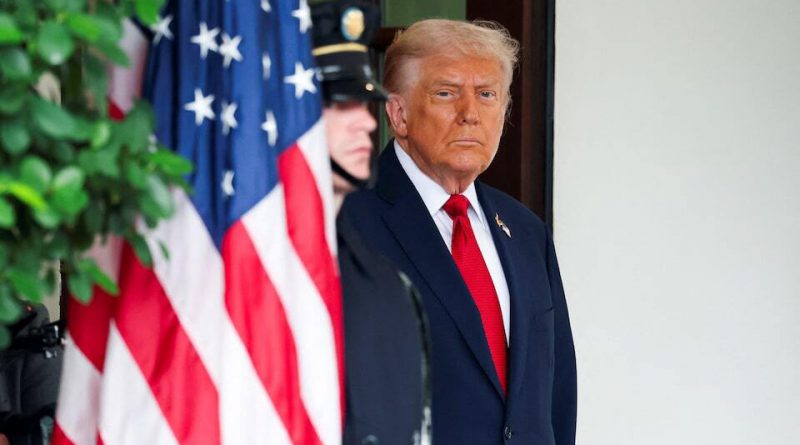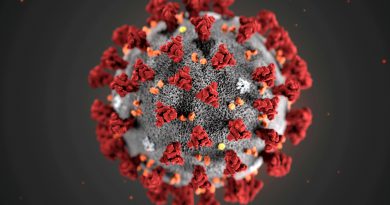Trump Steers GOP Strategy Ahead of 2026 Midterms as Economic Concerns Shape Voter Mood
Washington – President Donald Trump is taking an unusually direct role in shaping the Republican Party’s approach to the 2026 midterm elections.
Although he is not personally on the ballot, his political future is closely tied to whether his party can retain control of Congress next November.
Trump has been calling candidates, giving early endorsements, and pushing a focused economic message. According to party insiders, he is deeply involved in discussions about strategy, polling, and fundraising.
His engagement began as early as the summer, nearly a year and a half before Election Day.He encouraged several Republican congressmen considering Senate or governor races to instead run for reelection.
Trump’s goal, according to those familiar with the conversations, was to prevent divisive primary battles. He emphasized that the party must present a unified front ahead of the midterm contests.
Such early involvement from a sitting president is nearly unheard of in modern political history.
Experts say presidents normally step in much later, once campaigns are already in full motion.
Trump’s sense of urgency increased after state and local elections on November 4. Exit polls indicated that voters were frustrated with the rising cost of living, affecting Republican candidates.
In meetings following those results, Trump expressed that Republicans must take control of the affordability narrative. He reminded aides that his return to the White House had been driven by promises to curb inflation.
He insisted the party should highlight where his administration had already helped bring certain prices down. He argued that Democrats should not be allowed to frame the economic debate unchallenged.
Trump has repeatedly stated that affordability lies at the center of his economic agenda. Still, rising costs continue to affect households across the country.
Some of the increases have been linked to tariffs imposed on foreign goods under his administration. This month, Trump lifted certain tariffs to help reduce the cost of groceries such as beef, fruit, and coffee.
Advisers say Trump plans to put additional pressure on officials to accelerate cost-cutting solutions. He is also holding frequent sessions with senior staff to review polling and voter sentiment.
In recent weeks, Trump’s national approval rating has dropped to 38%, the lowest of the year. Analysts attribute the decline partly to frustrations over the economy.
Political strategists note that when a president becomes unpopular, it often harms the performance of his party. This adds an extra layer of urgency to Trump’s involvement in the 2026 cycle.
A recent challenge from his own supporters demonstrated the limits of his influence. After opposition from Republican lawmakers, Trump reversed his position on releasing certain Justice Department documents.
This moment showed that political unity within the party is not guaranteed. It also raised questions about how effectively Trump can guide Republicans into the midterms.
As inflation concerns and cost-of-living issues continue to shape voter attitudes, the stakes are high. The outcome of the 2026 midterms could either strengthen or complicate Trump’s presidency going forward.
Republican strategists say the coming year will determine whether Trump’s early intervention helps stabilize the party.
Or whether economic anxiety among voters overshadows even the most coordinated political plans.


